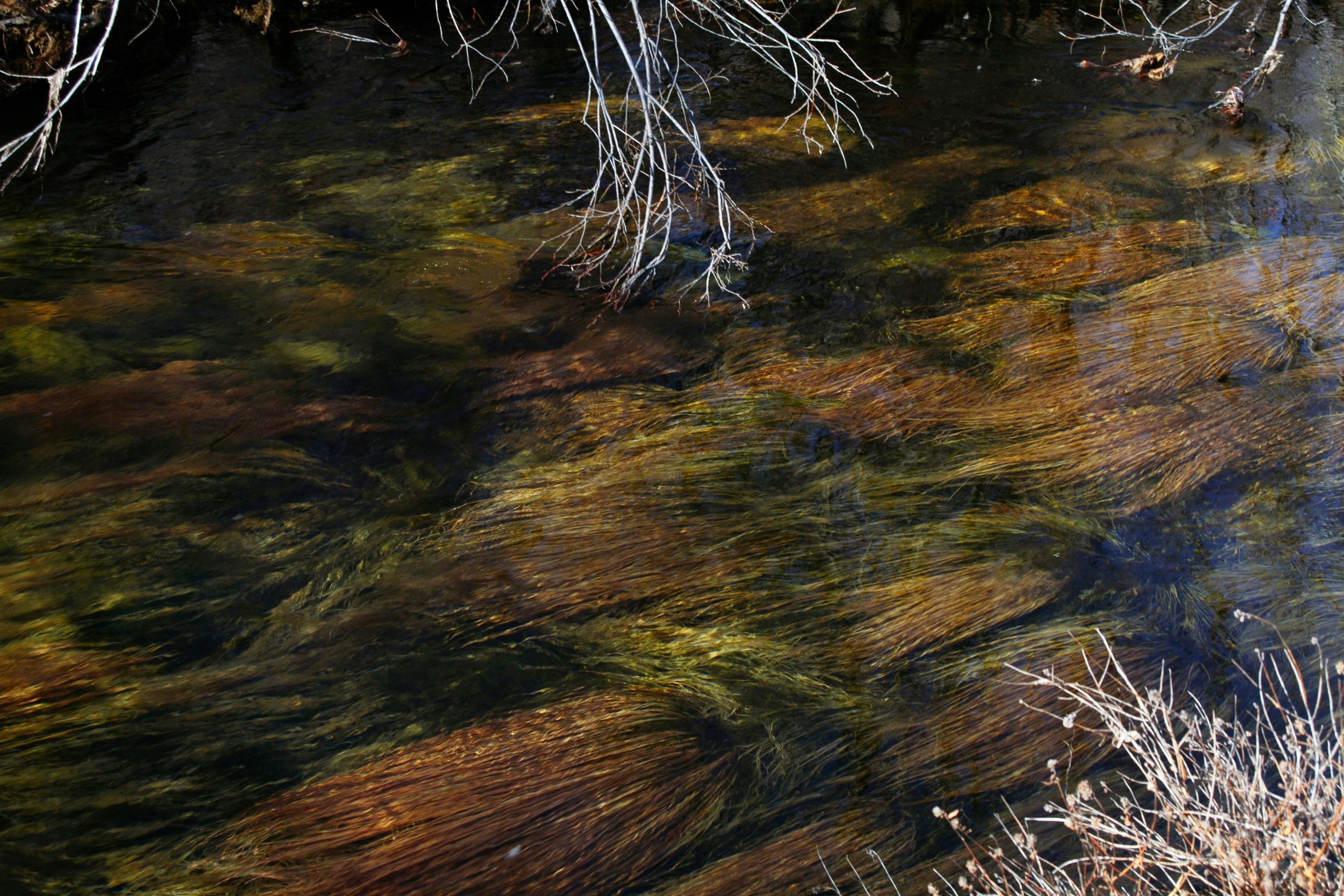Exploring the Clarity of the River Thames: From Source to Central London
The River Thames is an iconic waterway with a journey that begins at its source and flows through key locations like Kingston and Central London. A question often arises about the clarity of its waters as it moves from one point to another. What contributes to any changes in its transparency? Is the murkiness a result of sewage contamination, or does it stem from natural variations in the riverbed?
Understanding the Journey
As the Thames travels its course, several factors can contribute to changes in its clarity. Initially, the river springs from natural sources, generally appearing clearer due to the lack of human interference and pollution. However, as it advances towards urban areas, particularly Central London, its appearance can alter considerably.
Factors Influencing Clarity
-
Sewage and Pollution:
Urbanization brings an increased risk of sewage entering the waterways. Despite improvements and strict regulations over the years aimed at reducing pollution, certain areas might still struggle with untreated sewage and runoff entering the river, affecting its clarity. -
Natural Riverbed Changes:
The composition of the riverbed itself can cause variations in the water’s appearance. As the river flows, different materials on the bed—such as silt, clay, or stones—can affect the water’s turbidity. In more bustling segments of the Thames, the riverbed might be stirred more vigorously, making the water appear cloudier.
Conclusion
Understanding why the River Thames changes its appearance requires looking at both human impact and natural conditions. It is a complex interplay between pollution control efforts and the dynamic environment of the river’s course. Ultimately, both sewage and natural factors play roles in influencing the clarity of this historic river as it meanders toward the heart of London. Continued efforts in water management and environmental care are crucial to maintaining the health and beauty of the Thames as it flows through this vibrant cityscape.

Comment by a London Resident:
Thank you for highlighting such an important topic regarding the River Thames! As a Londoner who regularly enjoys the beauty of our river, I can appreciate both its significance and the challenges it faces. Your exploration of the factors affecting the clarity of the Thames raises some compelling points.
In addition to the sewage and riverbed changes you’ve mentioned, I’d like to broaden the discussion to include:
Runoff and Stormwater Management:
Beyond sewage, the runoff from roads and urban areas during rainstorms can introduce pollutants and debris into the river, further compromising its clarity. Investing in green infrastructure, such as rain gardens and permeable pavements, could be a potential solution to mitigate this issue.
Climate Change Impacts:
Rising temperatures and changing rainfall patterns can also influence water levels and flow rates. These environmental shifts could impact the river’s sediment transport, potentially affecting clarity and the overall health of aquatic ecosystems.
Community Efforts:
Londoners play a crucial role in protecting the Thames through community clean-up activities and advocacy for local water quality initiatives. Engaging more residents in these efforts not only raises awareness but also helps foster a deeper connection to our river.